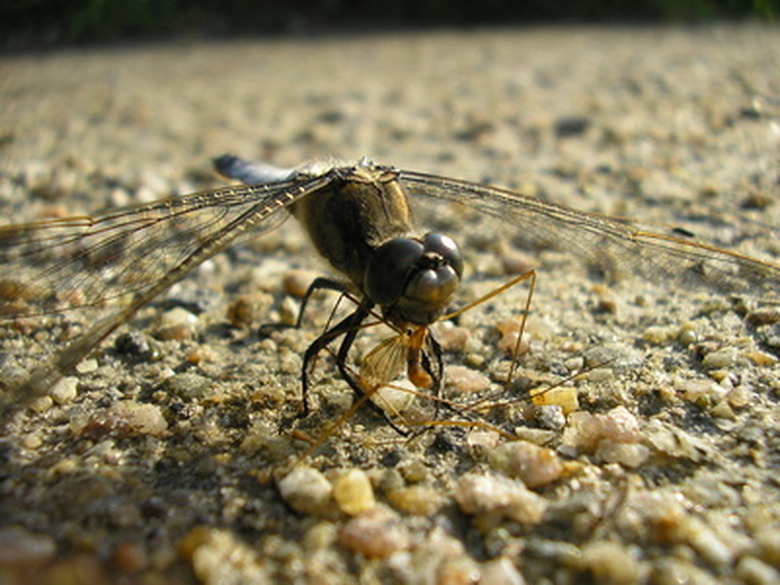Types Of Fumigation
Fumigation is a technique that employs various chemicals (fumigants) to eliminate pests and insects from homes, buildings and processed goods. The operation is hazardous and all fumigants are harmful to humans to some degree. According to the United States Department of Agriculture, prevention is better than cure when it comes to insect control and a combination of sanitation, mechanical controls and the use of harmless inert compounds will prove safer and more viable alternatives to fumigation.
Gas Fumigation
Gas Fumigation
Gas fumigation employs fumigants in their gaseous states for pest control. According to John Burke Sullivan and Gary R. Krieger in the book "Clinical Environmental Health and Toxic Exposures," gas fumigation is performed within enclosed chambers or by enclosing a space with a gas-proof covering. This method of fumigation, called space fumigation, ensures toxic fumigants are not dispersed to the external environment. Methyl bromide is a gaseous fumigant that is used to control rodents, termites, insects, nematodes and weeds. Sulfuryl fluoride is a gas fumigant that is used to control pests in cereal grains, tree nuts and dry fruits. Gas fumigation must only be attempted after an area is cleared of humans and animals.
Solid Fumigation
Solid Fumigation
Solid fumigation systems and techniques employ solid fumigants for insect control. According to M.R. Ghosh in the book "Concepts of Insect Control," solid fumigation is carried out by sprinkling tablets, powders or pellets of measured quantities of fumigants. According to the Wood Center, solid fumigants are typically easier to use and safer than gaseous fumigants and are less harmful to the environment. However, according to the United States Department of Agriculture, solid fumigants are associated with numerous health concerns. Aluminium phosphide is a solid fumigant that eliminates pests and insects in all stages of development (eggs, larvae, pupae and adults). It is typically used for pest control in flour, tea, doffer, cotton and grain. Calcium cyanide is a solid fumigant that reacts with water vapor to form hydrogen cyanide. It effectively eliminates a wide range of pests.
Liquid Fumigation
Liquid Fumigation
Liquid fumigation employs liquid fumigants for mold, pests and insects. Liquid fumigation is carried out by sprayers, which disperse large quantities of liquid over a desired area. Most liquid fumigants are toxic to humans, flammable and volatile. According to Timothy J. Gibb and C. Y. Oseto in the book "Arthropod Collection and Identification," liquid fumigation acts faster than solid fumigation. Liquid fumigation is safest when performed outdoors or within an enclosed fumigation chamber. Examples of liquid fumigants include carbon disulfide, ethyl acetate, chloroform, carbon tetrachloride, sulfuryl fluoride, ethylene dichloride and methyl bromide.
